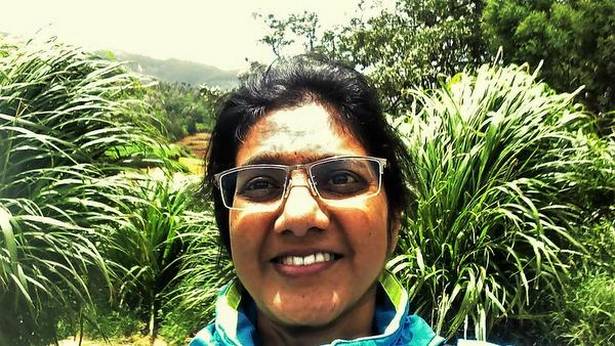

This is mid-September, so that’s an off-peak season for them, which means that we had the entire place to ourselves, sprawling lawns, gazebos and all. Also, another step we took was to check for reviews of suggested accommodations at TripAdvisor.Īnd the ‘hotel’ if you want to call it that, is Lymond House. Most importantly, if you’re looking for something off the touristy path, these guys sure can come up with the best options. So, if you’re someone who likes the wild, like MH and me, if you like trekking, or waking up to the sound of the sea, this is the site for you. So, after checking (and getting confused), we called up the number on the site late afternoon, spoke to a holiday consultant who got back to us with holiday options as quickly as the next morning. You get to specify budget, the distance you’re willing to travel, whether it’s an adventure vacation you’re looking for or something for the whole family.

The decision to go to Ooty itself was a last-minute one, and we were pretty sure we wanted a hotel that’s quiet and quaint and had some character, something with a bit of soul, and that’s how I somehow found Life is Outside, a really user-friendly site that provides information on outdoorsy, rustic accommodation anywhere in India. I will come to that in a bit, so let me start at us arriving in Ooty and checking into our B&B. This land is one of the most beautiful sights I have ever seen in my life. However, what most tourists don’t explore are the pristine hills that lie beyond the congested city, that belonged, still belong, to the tribes of the land. Like MH’s brother-in-law said, “They should rename Ooty. In case you were under that illusion, let me tell you straight away that Ooty is a popular hill station, an easy weekend getaway from all of the four southern states of India. A few weeks ago, MH and I headed to Ooty to be away from the noise and pollution of a metro.


 0 kommentar(er)
0 kommentar(er)
